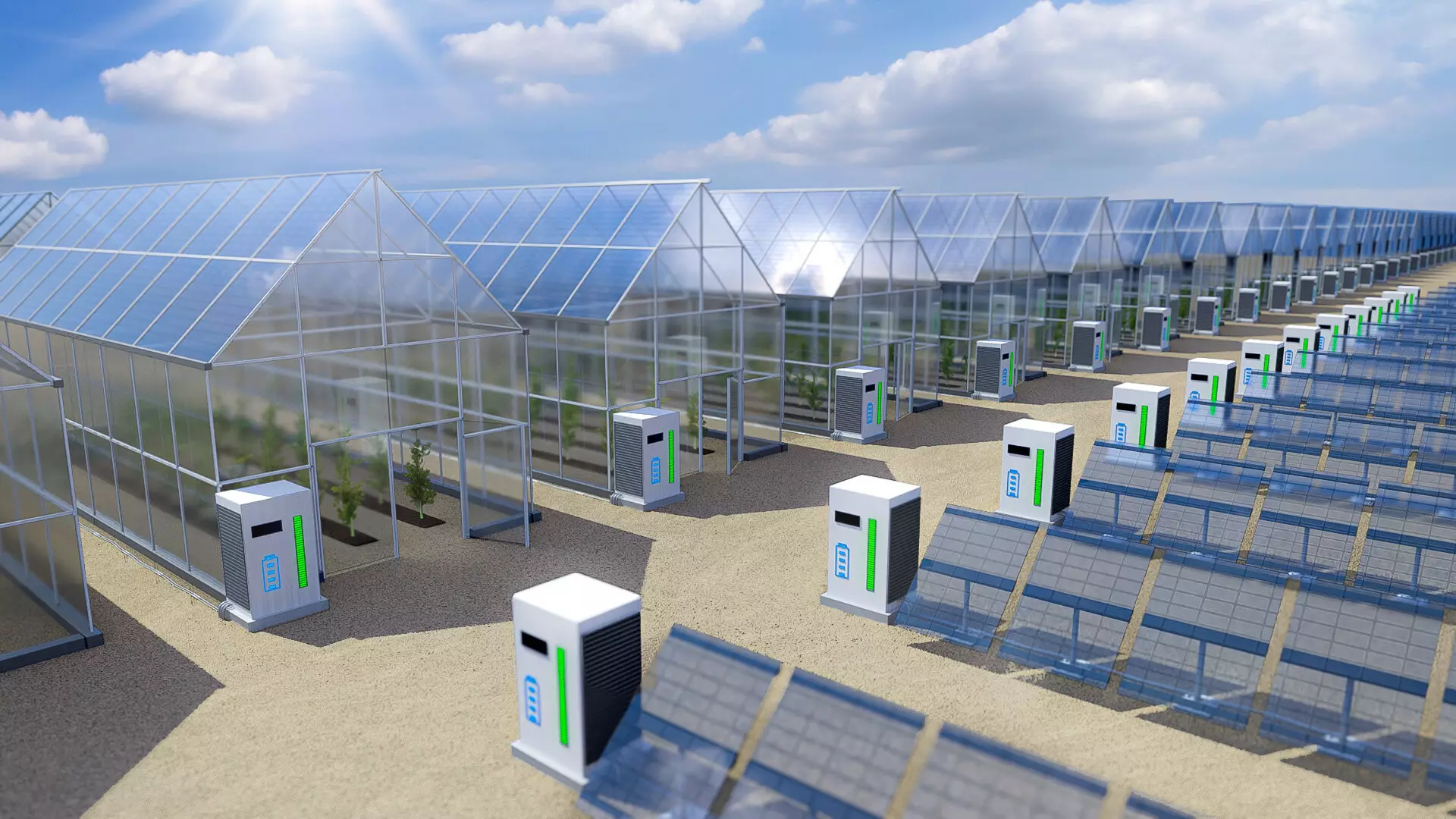The landscape of solar energy is rapidly evolving with the emergence of transparent solar cells that have the potential to transform infrastructure as we know it. These innovative cells open up a world of possibilities by allowing various surfaces to be turned into solar panels, paving the way for a more sustainable future.
Introducing Non-Fullerene Acceptors
A groundbreaking development in the field of solar energy is the discovery of non-fullerene acceptors, materials that have the unique ability to generate charges when exposed to sunlight. This breakthrough has the potential to make the production of semitransparent organic photovoltaics much more efficient and accessible.
Semitransparent photovoltaics offer a multitude of advantages, as they are capable of converting sunlight into electricity without obstructing visible light. This quality makes them particularly appealing for building-integrated applications such as windows, facades, and greenhouses. Unlike traditional silicon-based cells, organic photovoltaics are flexible and can be customized to be transparent.
The Challenge of Transparent Solar Cells
While transparent solar cells hold great promise, there is a trade-off between transparency and efficiency. The more transparent a solar cell is, the less light it can capture for electricity production. Organic solar cells typically rely on a bulk heterojunction active layer to capture and convert sunlight, but these devices are not transparent.
Recent research has shown that non-fullerene acceptors, such as Y6, have the ability to generate charges without the need for a heterojunction when exposed to sunlight. This unexpected discovery has challenged existing understandings of solar cell operation and opened up new possibilities for transparent solar technology.
The development of thermally stable semitransparent organic photovoltaics using near-infrared-absorbing acceptors represents a significant advancement in the field of solar energy. These cells offer high levels of transparency in the visible region while still effectively converting sunlight into electricity. By combining these innovative materials with visible light-absorbing donor materials, researchers have been able to enhance charge generation and improve efficiency.
As we look towards the future of solar energy, it is clear that transparent solar cells have the potential to revolutionize infrastructure and pave the way for a more sustainable world. By continuing to explore the capabilities of non-fullerene acceptors and pushing the boundaries of current technology, we can unlock new possibilities for clean, renewable energy production. The journey towards a greener future starts now, with transparent solar cells leading the way.


Leave a Reply
You must be logged in to post a comment.